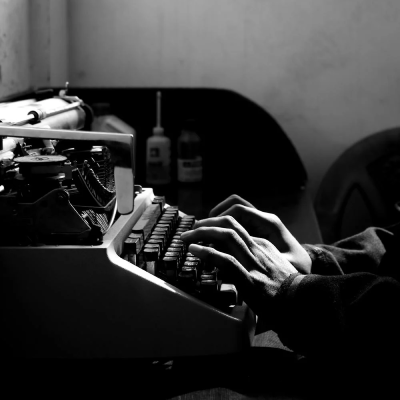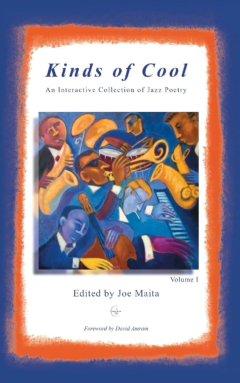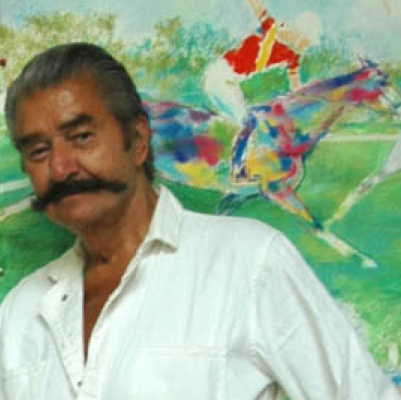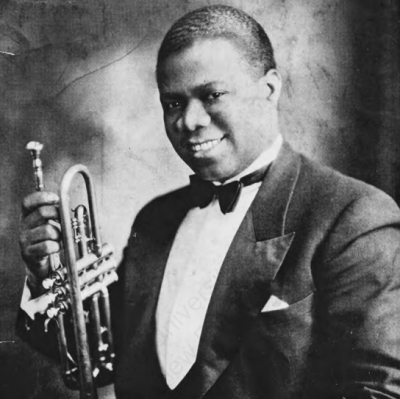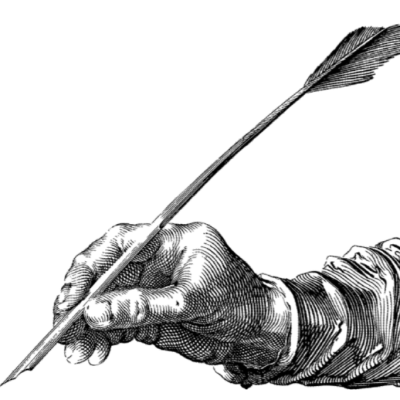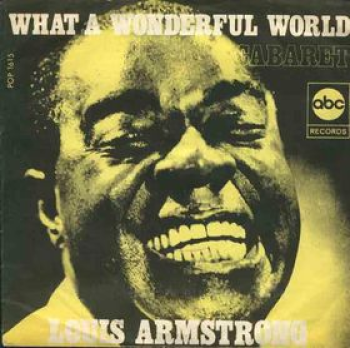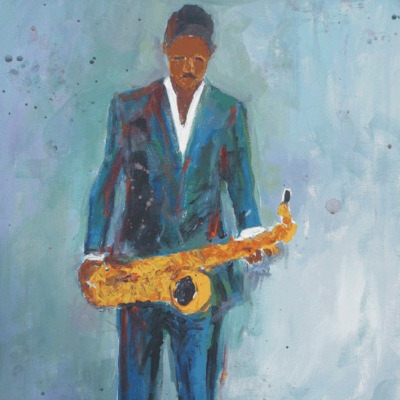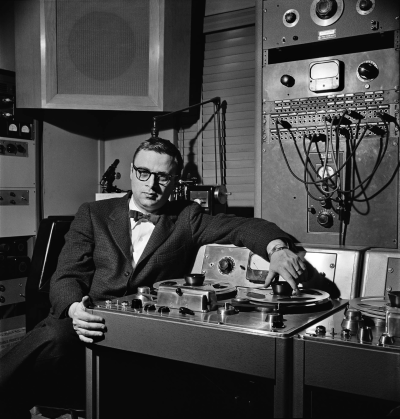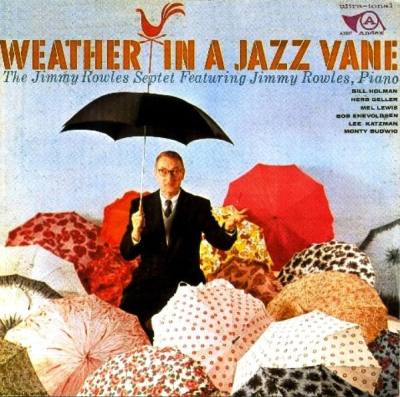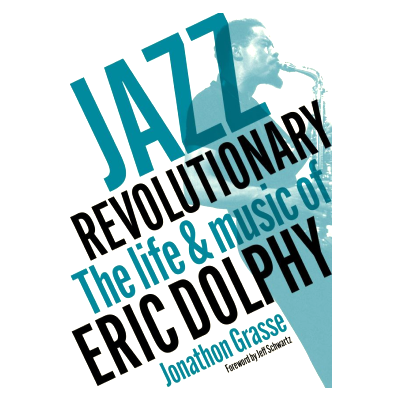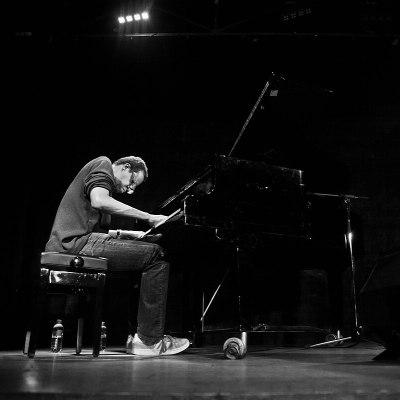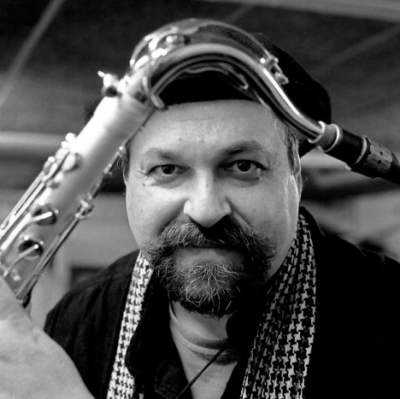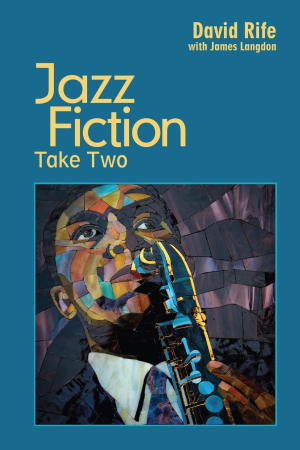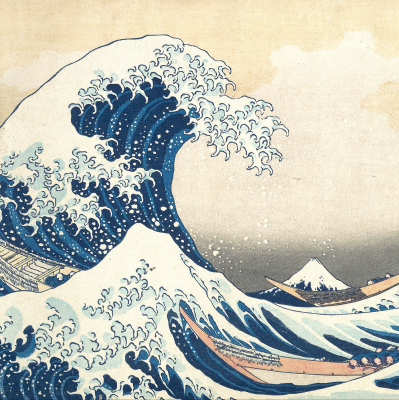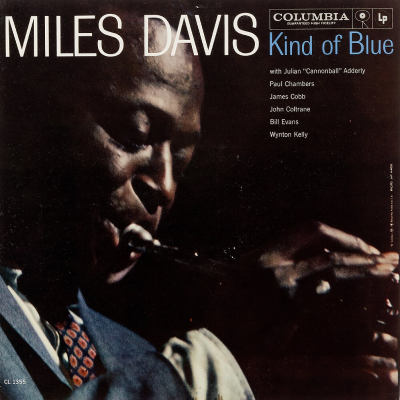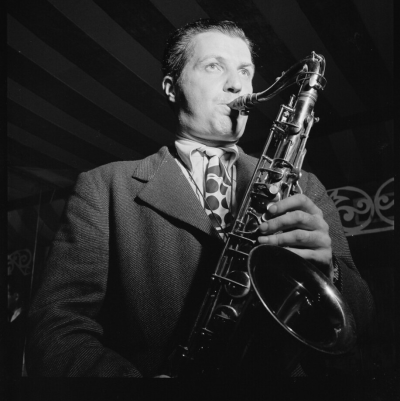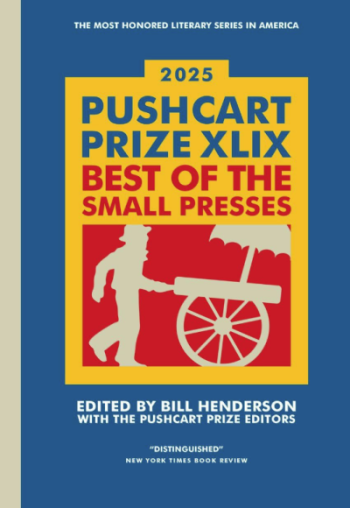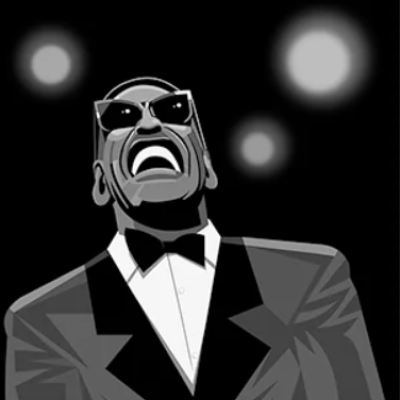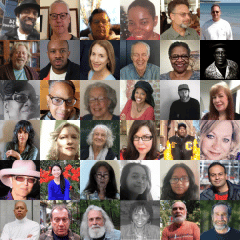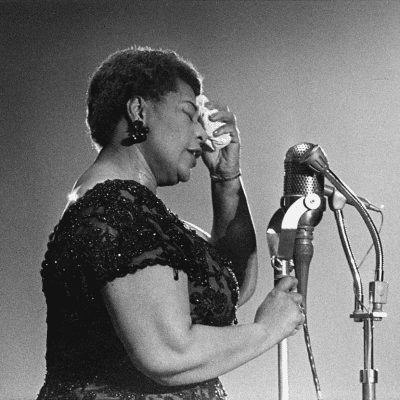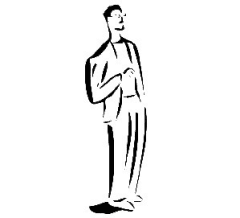The first live performance I believe was seeing the Baltimore Symphony perform. They performed Mussorgssky’s Pictures at an Exhibition. It was my first time hearing a professional orchestra and it was mind-blowing to me. The sound, the textures, the melodies were intriguing while pleasing to the ear. I remember it as if it were yesterday.
_________
Pictures at an Exhibition
*
Promenade: Allegro Giusto Nel Modo Russo
The performance that is vivid in my mind to this day was when I was fourteen years old. Growing up in New Zealand in the fifties and not coming from a particularly musical family, I was not exposed to much live music, received no encouragement and hardly ever was taken to concerts. At five, as a matter of course, I was given piano lessons. Classical training introduced me to many beautiful gems I basically had to discover for myself. My parents had stacks of old sheet music of American standards though, and as I could sight read well at an early age I would play through the songs as written on the page to find the ones that moved me the most. I gave up my formal training when I was thirteen as I was searching for something to create for myself, but didn’t quite know just what that was.
A friend at school had a brother who played bassoon in the New Zealand Symphony who had given him two choice tickets to the Auckland Town Hall to see a jazz concert. Some group by the name of The Dave Brubeck Quartet doing its first world tour. So I tagged along. Well of course it changed my life forever! Paul Desmond began with a two note pick up and I knew the song! “Tangerine.” But what chords! What rhythm! And over all of this, the singing of new music I had never heard before. But I could follow the form of the song and could feel that beautiful feeling of the intellect tugging at the heart. Eventually I was able to find a cadre of jazz musicians in Auckland and through trial and error learned how to swing and sing. At nineteen I literally took a boat (leavin’ soon) for New York and never looked back. Thank you Dave. Thank you Paul.
_________
photo Breitenfeld Family Collection
Paul Desmond and Dave Brubeck
*
Tangerine, by Dave Brubeck (with Paul Desmond, alto saxophone)
_________________
THE FIRST LIVE MUSICAL PERFORMANCE I EVER ATTENDED:
I was eight years old. The RKO Palace at Broadway and 47th Street briefly revived vaudeville, but vaudeville had been long dead. The old performers dusted off their gowns, tuxes, top hats and canes for a final week in the big time. Belle Baker was the other “last of the red hot mamas.” She and Sophie Tucker were lifelong rivals, and both sang “My Yiddishe Mama.” Belle was sadder, deeper, more maternal, softer. She’d been a flower girl on the lower East Side. She was already considered passe, unlike Sophie, who was tough enough to keep going. On that night Belle Baker sang “Blue Skies,” which Irving Berlin had written for her and which she introduced in the Ziegfield Follies revue she’d starred in, “Betsy”; she sang “All of Me,” which knocked me out, “Eli Ei,” her famous Hebrew cantorial song, and of course “My Yiddishe Mama.” She was a little obese and waved a large white handkerchief, her trademark.
Baker had a deep, yearning, emotional, sobbing, cantorial voice. Like most of the performers who came up through vaudeville, she connected completely with an audience, she gave all she had. I felt moved, thrilled, wrung dry. Roger Kellaway told me that the most moving performers he ever encountered were Dixieland musicians and vaudevillians. Well, maybe I had a subjective reaction; I needed a mother. I looked up Belle Baker in the phone book. She came to the phone. THE Belle Baker! The first words she said to me were “Are you an orphan, child?” I called her every week from then on, and she always answered, until she became ill and died. At her funeral in 1958, I looked up at her son, Herbert Baker, who wrote for Jerry Lewis, and said “Your mother was very proud of you.”
_________
Belle Baker
*
Blue Moon, by Belle Baker
When I was thirteen years old, Stan Getz came to Hartford for a concert at the Bushnell Auditorium.. “Desafinado” was a hit at the time, and served as my introduction to both the Bossa Nova, and Mr. Getz. I’d seen Jazz artists on television, especially Duke Ellington and Louis Armstrong on the Ed Sullivan Show, but hearing Stan Getz live was my first Jazz concert.
I’d been studying the trumpet for several years and started listening to Jazz, very attentively, when I was twelve, so I had some idea of what to expect. Yet when Stan began to play, there was a certain magic that I’d never experienced before; his sound on the tenor, the group interaction and the music itself, reached out and touched me in ways I didn’t understand yet. Stan’s warm, lyrical sound was soothing, and something I could easily grasp. At the beginning of my Jazz days, I wasn’t ready for Rollins or Coltrane so Mr. Getz proved to be the perfect entry point to the majesty of the tenor saxophone.
I was so moved that I went backstage after the concert to try and meet him. Stan was a very mercurial fellow, as I would later learn, but as a thirteen year old budding Jazz fan, I just wanted an autograph. I was so young at the time, it must have been a novelty for the stagehands because I was easily able to get backstage and knock on his dressing room door very easily. There was no answer but in my youthful enthusiasm, I decided to just open the door. Stan was sitting in a chair, holding his tenor, and drinking from a fifth of vodka. He looked at me for just a fraction of a section and I closed the door immediately. I just knew it wasn’t my business be there.
Fifteen years later, when I became a Jazz Journalist, I met Stan again, at another concert. This time we were introduced by a mutual friend, and Stan knew my work and complemented me on the quality of my writing. He looked healthy and whatever demons he was battling, weren’t obvious that day.
Life is like that, ever changing. The only thing we can do is to keep going.
Stan Getz kept going until 1991. But like all great musicians, he lives forever through his recordings. And in the memories of those of who heard him play in person.
When play his music today, I think back to that first concert, when the sound of his tenor touched me so deeply.
_________
Stan Getz
*





